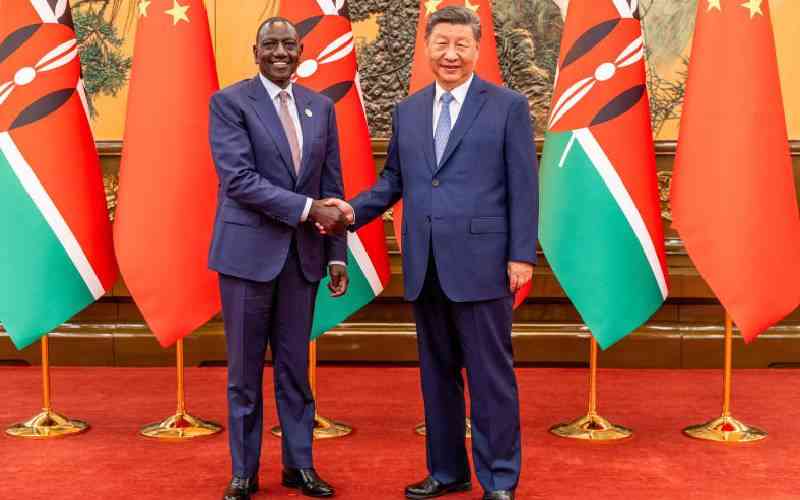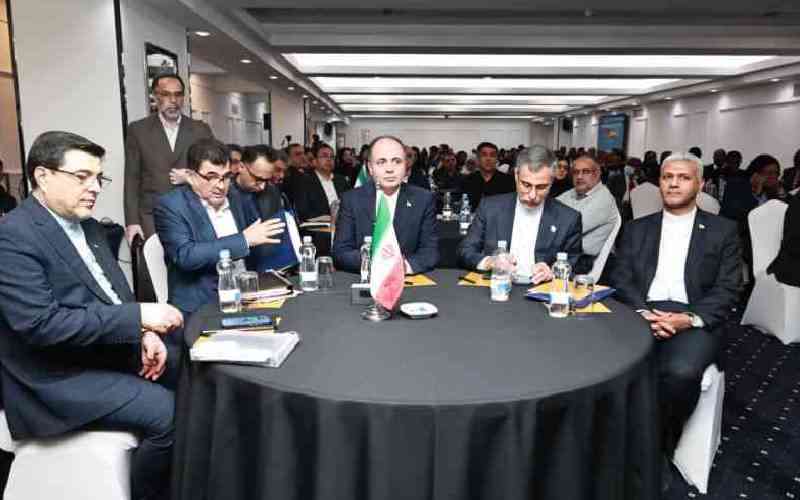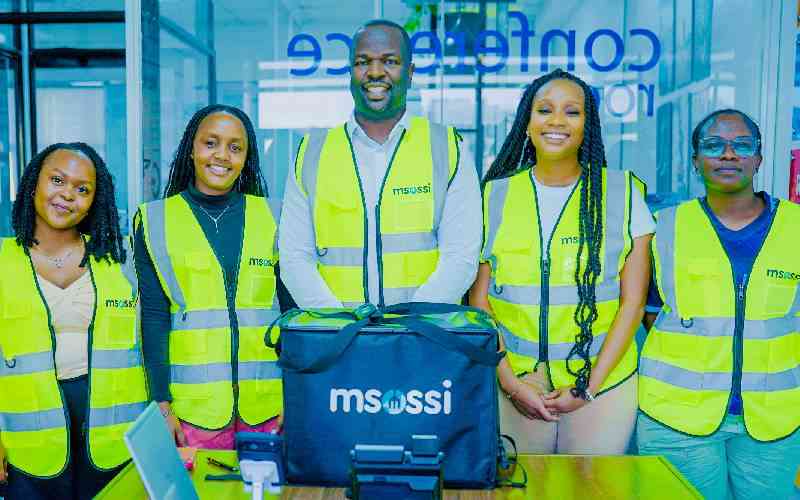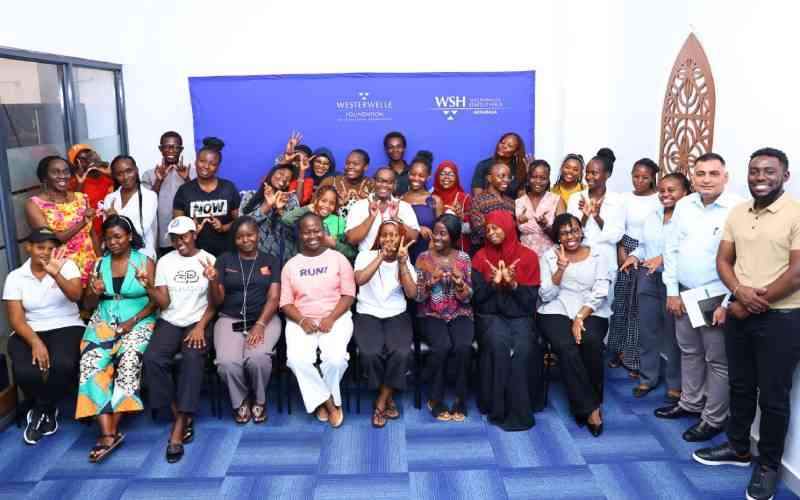×
The Standard e-Paper
Fearless, Trusted News

Internet of Things (IoT) services involve significantly more parties than traditional services, These include sensor manufacturers, hardware manufacturers, IoT operating systems and software vendors, mobile operators and third-party app developers.







